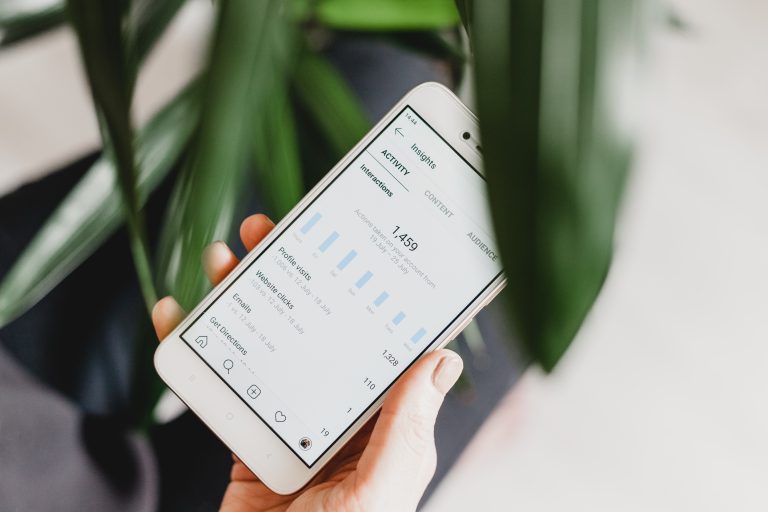
App subscriptions have become a popular way for developers to make money from their creations.
It’s all about offering valuable content and services through subscription models, so developers can have a steady stream of income. But here’s the thing: to make sure those subscriptions are successful, developers need to keep a close eye on some important numbers. These metrics give them a real look into how users are behaving and how well their subscription plans are doing.
So, in this article, we’re going to dive into those essential metrics, talk about the role of analytics tools, and show developers how they can use all this data to make smart decisions and improve their subscription offerings.
Getting the Scoop on Vital Metrics
When it comes to evaluating app subscriptions, developers need to focus on metrics that give them the big picture. Here are some of the crucial ones they should pay attention to:
1. Conversion Rates
this one tells you how effective your subscription strategy is. It’s all about how many users go from the free or trial versions to becoming paying subscribers. A high conversion rate means users really see the value in your subscription and are ready to invest. By keeping a close eye on conversion rates, you can spot any obstacles that might be getting in the way and improve how users sign up for your subscription.
2. Churn Rates
Churn rate is all about how many subscribers cancel their subscriptions in a specific timeframe. High churn rates might mean there’s something wrong with your value proposition, user experience or pricing. By analyzing churn rates, you can find out why people are cancelling and take action to improve user retention. It’s all about refining your subscription offerings, addressing user concerns and giving more value to keep subscribers around.
3. Average Revenue per User (ARPU)
This metric helps you understand how much money you’re making from each user on average. It tells you if your subscription models are profitable and if there are any opportunities for revenue growth. By keeping an eye on ARPU, you can see how pricing changes, news features or promotions impact your revenue streams. This helps you fine-tune your pricing strategy and. make the most of your potential earnings.
4. Subscriber Lifetime Value (LTV)
LTV gives you an estimate of the total revenue you can expect from an average subscriber throughout their lifetime. It takes into account things like how long they stay subscribed, renewal rates and how much they spend per period. Knowing the LTV helps you understand the long-term profitability of your subscription business. It’s a key factor in making decisions about things like customer acquisition cost, retention strategies and marketing investments.

How Analytics Tools Save the Day
To effectively track and analyze all these metrics, developers turn to specialized analytics tools made just for app subscriptions. These tools give them in-depth insights and actionable data, so they can make smart decisions based on real information. Here’s how analytics tools contribute to the success of app subscriptions:
1. Data Collection and Visualization
Analytics tools make it easy to gather data from different sources like app usage, subscription events, and user demographics. They present all this data in user-friendly dashboards and visualizations that make sense. Developers can dig into the metrics, spot trends, and find patterns that give them valuable insights into how their subscriptions are performing.
2. Segmentation and Cohort Analysis
With analytics tools, developers can break down their subscriber base into different groups based on user behavior, subscription plans or how they were acquired. This cohort analysis lets them compare the performance of these groups and see what factors contribute to higher conversion rates or lower churn rates. This detailed analysis helps developers tailor their subscription offerings and marketing strategies to specific user segments, which means more engagement and more revenue.
3. A/B Testing and Experimentation
Improving subscription performance requires trying out different approaches. Analytics tools come with A/B testing features, so developers can compare different versions of their subscription flow, pricing structures or promotional campaigns. by measuring the impact of these experiments on metrics like conversion rates and churn rates, developers can confidently decide what changes they should make to their subscription strategies.
4. Predictive Analytics and Machine Learning
Advanced analytics tools use the power of predictive analytics and machine learning to forecast future subscription trends and find out what factors influence user behavior. These tools help developers predict potential churn risks, recommend personalized offers, and optimize pricing based on user preferences. Armed with these data-driven insights, developers can proactively make decisions that keep users happy and bring in more subscription revenue.
Making the Most of Analytics Data for Subscription Success
Now that we’ve covered the essential metrics and how analytics tools help monitor and optimize app subscriptions, let’s talk about how developers can use all this data to drive subscription success:

Understanding User Preferences and Pain Points
By carefully analyzing user behavior using analytics data, developers can gain deep insights into what users like, how they use the app, and what problems they might encounter. Armed with this knowledge, developers can improve their subscription offerings, create features that meet user needs, and address pain points. The goal is to make users happier, more satisfied, and more likely to stick around.
Optimizing Pricing and Packaging
Analytics data gives developers valuable information about how effective their pricing and packaging strategies are. By analyzing the impact of different pricing tiers, introductory offers, or upselling options, developers can fine-tune their pricing structures to maximize revenue and boost conversions. They can also experiment with bundling or unbundling features based on user preferences, giving users more flexibility in their subscription options.
Personalizing User Experiences
Analytics tools allow developers to segment their user base and deliver personalized experiences based on user preferences, demographics, or engagement levels. By offering targeted content, personalized recommendations, or exclusive offers, developers can boost user engagement, build stronger relationships, and improve overall satisfaction.
Implementing Proactive Retention Strategies
Churn is a big challenge for app subscriptions. But with analytics data, developers can identify users who are at risk of churning and take proactive steps to keep them around. By offering tailored incentives, proactive support, or personalized communication, developers can reduce churn rates and increase subscriber loyalty.
If you’re new to using analytics tools or have used before but looking for something different, madduck Insights is an excellent starting point that offers comprehensive information as mentioned above. Experience it for yourself with a free trial, madduck Insights will allow you to assess your app’s performance and confidently take the next step toward success!
To sum it all up, keeping track of key metrics through app subscription analytics is crucial for developers who want to optimize their subscription offerings and find success.
Analytics tools give developers valuable insights into user behavior, so they can make data-driven decisions and continuously improve their subscription business. Understanding conversion rates, churn rates, ARPU, and LTV empowers developers to make informed choices, tailor their offerings to user preferences, and stand out in the competitive app subscription market.


